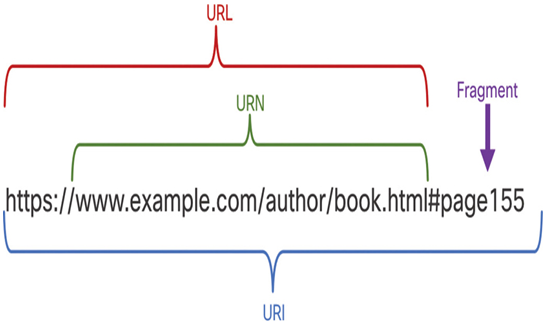Much of the information that we receive over the internet is provided in the form of web page documents. To request and view a web page, a person uses a device that is running web client software, such as a web browser.
The key characteristic of client/server systems is that the client sends a request to a server, and the server responds by carrying out a function, such as sending the requested document back to the client. The combination of a web browser and a web server is perhaps the most commonly used instance of a client/server system. A web server is usually in a part of the network with other servers called a server farm, or within a data center.
A data center is a facility used to house computer systems and associated components. A data center can occupy one room of a building, one or more floors, or an entire building. Data centers are typically very expensive to build and maintain. For this reason, only large organizations use privately built data centers to house their data and provide services to users. Smaller organizations that cannot afford to maintain their own private data center can reduce the overall cost of ownership by leasing server and storage services from a larger data center organization in the cloud.
Video – Web Server and Client IP Interactions (16.1.2)
Refer to the online course to view this video.
URI, URN, and URL (16.1.3)
Web resources and web services such as RESTful APIs are identified using a Uniform Resource Identifier (URI). A URI is a string of characters that identifies a specific network resource. As shown in the figure, a URI has two specializations:
- Uniform Resource Name (URN) – This identifies only the namespace of the resource (web page, document, image, etc.) without reference to the protocol.
- Uniform Resource Locator (URL) – This defines the network location of a specific resource on the network. HTTP or HTTPS URLs are typically used with web browsers. Other protocols such as FTP, SFTP, SSH, and others can use a URL. A URL using SFTP might look like: sftp://sftp.example.com.
These are the parts of a URI, as shown in Figure 16-2: - Protocol/scheme – HTTPS or other protocols such as FTP, SFTP, mailto, and NNTP
- Hostname – www.example.com
- Path and file name – /author/book.html
- Fragment – #page155

Figure 16-2 Parts of a URI
Video – Web Traffic in Packet Tracer (16.1.4)
Refer to the online course to view this video.
Packet Tracer – The Client Interaction (16.1.5)
In this activity, you will observe the client interaction between the server
and PC.
Refer to the online course to complete this Packet Tracer.
